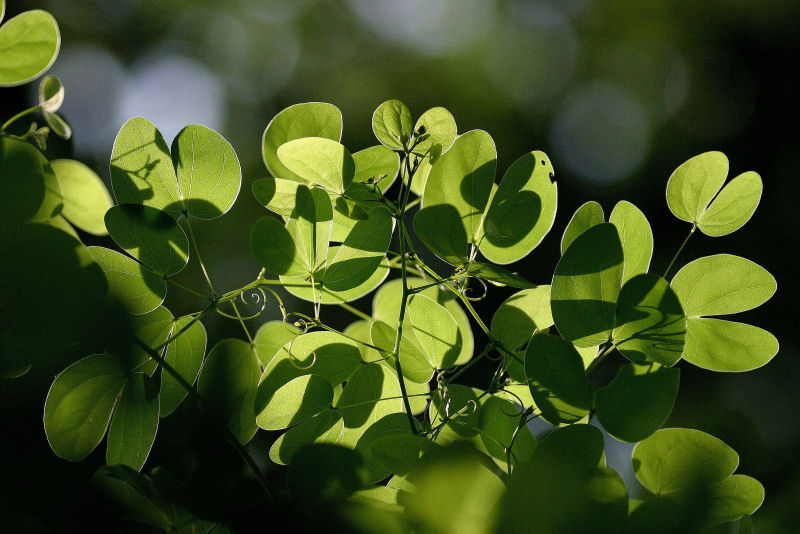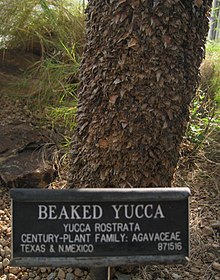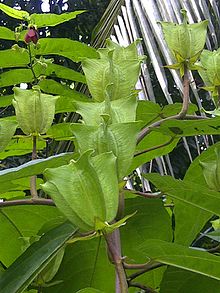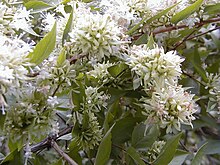Our family, Walter and Olga and Mimi and Paul Clifton had owned and cared for a property in Abita Springs, Louisiana for 65 years. After our parents, Olga Casadaban Clifton and Walter H. Clifton, jr. passed, the estate went to Paul and Mimi Clifton. We then sold the estate. I had grown to 10 city blocks of property in Abita Springs, Louisiana. It went from Magnolia streets and Pine streets to Gum street. From Main street to the Abita River. This property was small when Olga and Walter were first married. It grew in size over the decades. We developed the house to be bigger and the property to be larger in scale. The out buildings were larger. The decks were installed and amounted to a few thousand square feet. The property and water features and the river were all connected by beautiful nature trails which circumvented the acreage. We planted hundreds of trees after hurricane Katrina took out 368 pine trees. We st in motion a beautiful arboretum.
As of December 2023, the Town of Abita Springs has approved the money acquired from 2 grants, to purchase the property and to attach it to the city Parks & Recreation District. This will allow the entire estate to be held as part of land attached to a conservancy that Olga Casadaban Clifton set up before she passed away. This estate will now be used to carry on continuing education for the citizens and the public who are interested in nature and birding and flowers and landscaping and conservation.






















.jpg)









